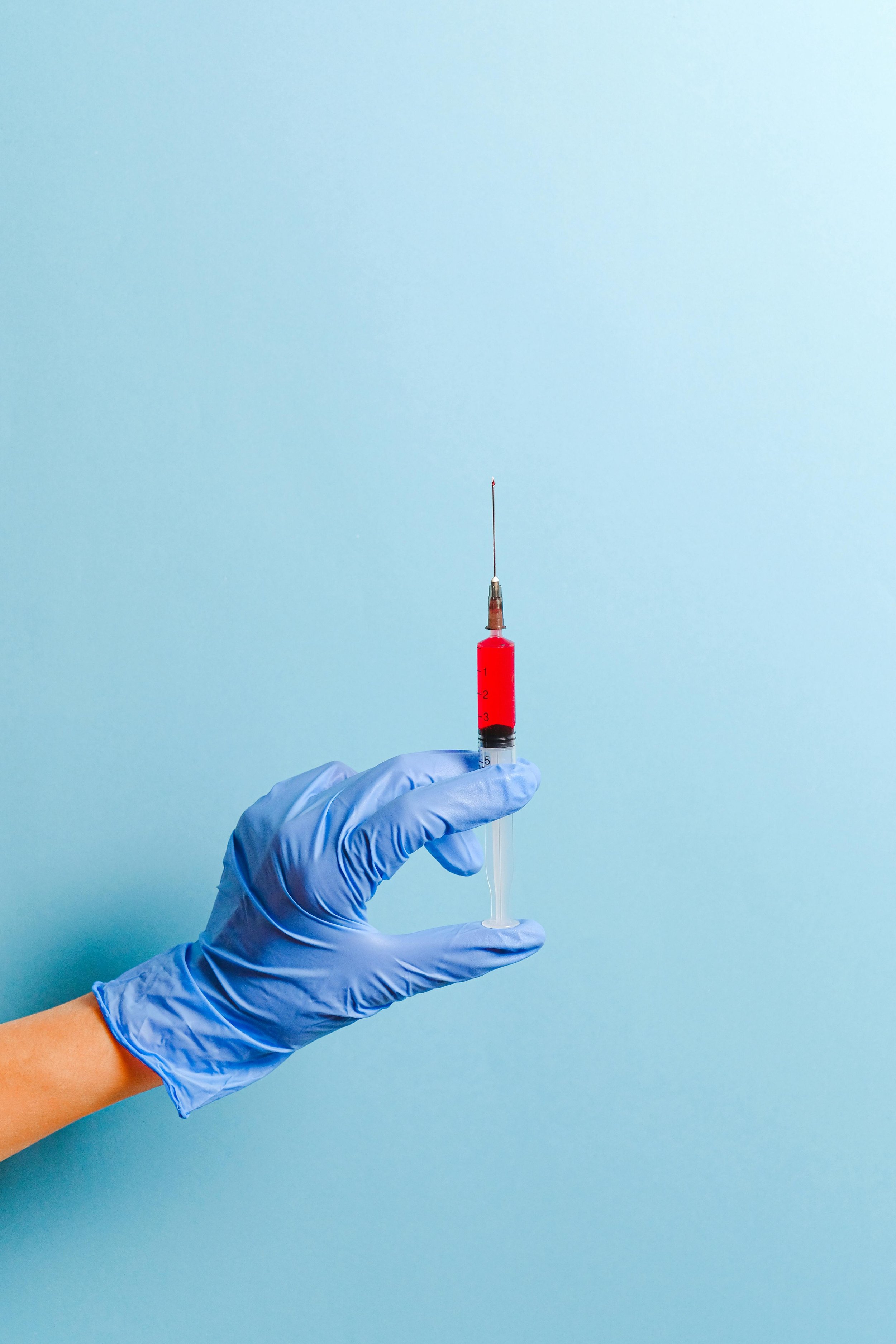
Platelet-Rich Plasma
Platelet-Rich Plasma (PRP) therapy is a regenerative treatment that leverages the body's natural healing mechanisms to address various musculoskeletal conditions. By concentrating platelets and growth factors from a patient's own blood, PRP aims to accelerate tissue repair and reduce pain.
What is Platelet-Rich Plasma (PRP)?
Blood comprises several components, including red and white blood cells, plasma, and platelets. Platelets are small cell fragments essential for blood clotting and wound healing, as they release growth factors that stimulate tissue repair. In PRP therapy, a sample of the patient's blood is processed to collect and concentrate these platelets, resulting in an injectate that is rich in growth factors and cytokines. This concentrated plasma is then injected into the targeted area under ultrasound guidance to promote healing and strengthening.
How Does PRP Therapy Work?
The procedure begins with drawing a small amount of the patient's blood, typically 30+ millilitres. This blood is then centrifuged to separate the components, separating the platelet layer from the rest of the blood. The PRP is subsequently processed to create a more concentrated solution and then injected into the injured or affected tissue, such as tendons, ligaments, and/or joints. The high concentration of growth factors in PRP stimulates the body's natural healing processes, promoting tissue regeneration and reducing inflammation.
Conditions Treated with PRP Therapy
PRP therapy has been utilized to treat a variety of conditions, including:
Osteoarthritis: Particularly in the knee, hip, shoulder, and ankle joints, where it may improve joint function and alleviate pain.
Ligament Strains and Tears: Such as those affecting the lower back, knee, wrist, elbow, and ankle.
Tendinopathies: Including conditions like Achilles tendinopathy, tennis elbow, and rotator cuff injuries.
Bursitis: Such as trochanteric and subacromial bursitis.
There is also an evolving movement in utilising PRP for nerve pain, which we at Nexus Pain Management are also following closely.
Treatment Protocol
Before commencing PRP therapy, a thorough assessment is conducted to determine its suitability for the patient. This includes a detailed medical history, physical examination, and, if necessary, imaging studies like ultrasound, X-rays or MRIs. Patients are advised to avoid anti-inflammatory medications for a few days before treatment, as these can theoretically interfere with the healing response initiated by PRP.
The PRP injection procedure is typically performed in the clinic and takes about 1 hour. The steps involved are:
Blood Collection: Drawing 30-60 millilitres of the patient's blood.
PRP Preparation: Centrifuging the blood sample to separate and concentrate the platelets.
Injection: Injecting the prepared PRP directly into the injured or affected area, under ultrasound guidance to ensure precision.
Post-procedure, patients may experience moderate discomfort or stiffness at the injection site, typically worst within the first 48 hours. It's best to avoid anti-inflammatory medications and strenuous activities for seven days following the treatment to facilitate optimal healing. Pain relief can be managed with simple analgesics like paracetamol, and applying heat packs on the day of treatment may help alleviate soreness. Occasionally stronger pain killers may be required for the first couple of days.
Is PRP Therapy Right for You?
If you're experiencing chronic musculoskeletal pain or have a condition unresponsive to conventional treatments, PRP therapy may be a viable option. Consultation with your doctor with experienced in regenerative medicine to determine if PRP therapy aligns with your specific medical needs and to discuss potential risks and benefits.
If you wish to get more detailed information including scientifically referenced regarding PRP therapy, please see the links in the Health Professionals section of our website.
